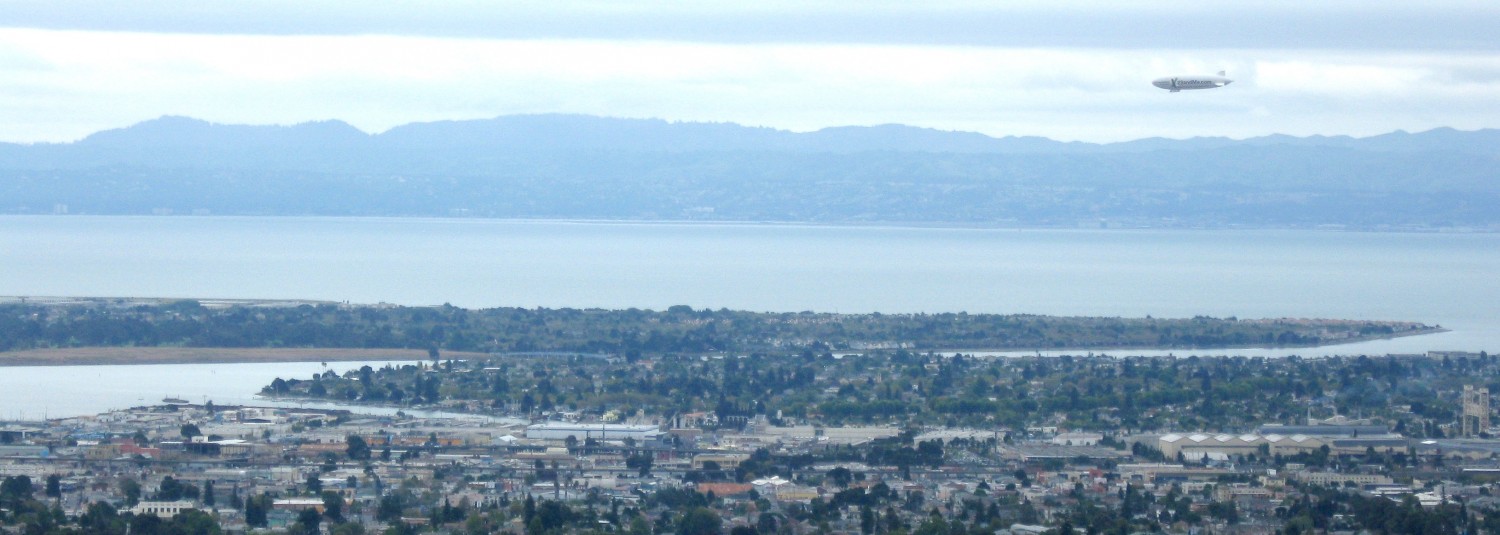San Francisco Ballet: Next 90 Festival Program C
Wednesday, January 25, 2023
San Francisco Opera House 7:30 PM
Technique vs. Drama: Which is the dominant force?
The Next 90 Festival at this season’s opening events brings never seen choreographers as well as old friends to the stage. For Program C, the audience was introduced to Nicolas Blanc’s “Gateway to the Sun”: Claudia Schrier’s “Kin” and SF Ballet’s choreographer in residence’s Yuri Possokhov’s “Violin Concerto”. Of the three, for this reviewer, “Violin Concerto” was the most successful as dance. The other two, although performed with the superb technical excellence SF Ballet members have achieved, lacked a dramatic ‘through line’ and were dominated by a “now” need for technical display. Choreography in these two first works used constant lifts and some floor work.
Claudia Schrier’s “Kin” opened the Wednesday evening performance. To music by Tanner Porter, costume design by Abigail Dupree-Polston, scenic design by Alexander V. Nichols and lighting by Jim French, Schrier creates a work that moves swiftly across the stage space. She says, “Kin features two female dancers among a cast of sixteen, who are enveloped in a shifting power dynamic, pressured by the limiting nature of time.” Featuring More André, Wanting Zhao, Isaac Hernandez and Aaron Robison and a “corps” of 13 dancers, the ballet moves swiftly displaying lively patterns and endless lifts. The “two female dancers” André and Zhao, approach each other throughout the work; their relationship is implied but never developed. As much as I can appreciate the dynamics in “Kin” and impressed by technical excellence by all the dancers, I failed to feel the work makes a signifiant impact to the festival.
“Gateway to the Sun” choreographed by Nicolas Blanc, chose the poet Rumi’s lines who composer Anne Clyne excerpted for her score for cello and orchestra. The poet, danced by Max Cauthorn enters and leaves the stage as he embodies the poem. Sasha De Sola, Wei Wang, Jennifer Stahl and Luke Ingham are the featured dancers with Cauthorn. Again there is a “ corps” of eight dancers who provide the energetic environment for the “poet’s” wandering. Against the backdrop by Katrin Schabl (lighting by Jim French) which resembles an Egyptian pyramid setting, Cauthorn seems to wander among the dancers several times, illustrating the poet’s lines. Finally, as the. poem reads, “Dance when you’re perfectly free,” he opens extended arms to the audience. Although the work is poetic and intriguing, the soloist’s dance does not fully develop against the activity of the the other soloists and the corps.
It is with great pleasure that Yuri Possokhov, SF Ballet’s choreographer in Residence returns to the Opera House stage with Balanchine’s “Violin Concerto” (music by Stravinsky). Possokhov says, “My memory of Balanchine comes back, of course, but this impulse gives me the chance to express myself.” Set for seven couples and one lead ballerina, as the “Muse”, Sasha Mukhamedov (in a brilliant red costume) seems to oversee the principal dancers (Wona Park, Joseph Walsh, Julia Rowe, Esteban Hernandez, Carelo Mayo and Cavan Conley) in a lively romp, executing lively dance locomotor phrases across the stage.
Cordeula Marks played the Concerto splendidly as Mathew Rowe conducted. To enlighten the audience, (who may or may not know the composer), Alexander V. Nichols illuminated the backdrop with photos of Stravinsky. The costumes were by Sandra Woodall. Possokhov’s work was a delightful finale to the Program C Gala.
